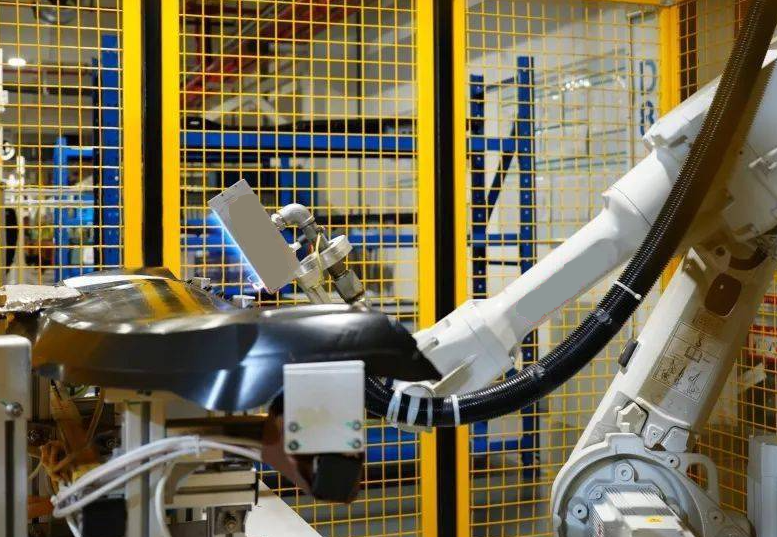Flaming
Flame Treatment is a critical surface modification process in automotive bumper production, primarily employed to enhance the surface energy of plastic bumpers (e.g., PP, ABS) and improve the adhesion of subsequent coatings (such as primer and topcoat).

Surface Activation Mechanism
The mechanism involves brief exposure of the bumper surface to high-temperature flames (approximately 1000–1500°C) for 0.1–2 seconds, triggering the following reactions:
Oxidation Reaction
Free radicals (e.g., O·, OH·) in the flame react with inert molecules on the plastic surface, generating polar functional groups (e.g., carbonyl, carboxyl groups).
Microscopic Roughening
High temperatures induce partial cleavage of surface molecular chains, creating a micrometer-scale textured topography to increase effective surface area.
Surface Energy Enhancement
Post-treatment surface energy rises from 20–30 mN/m (untreated) to 40–50 mN/m, meeting coating requirements (>38 mN/m threshold).
Critical Parameter Controls
Flame Temperature: Regulated by fuel gas (propane/natural gas) to air ratio.
Exposure Time: Controlled via conveyor speed (typical range: 1–3 m/min).
Nozzle-to-Workpiece Distance: Maintained at 10–30 mm to prevent thermal deformation.
